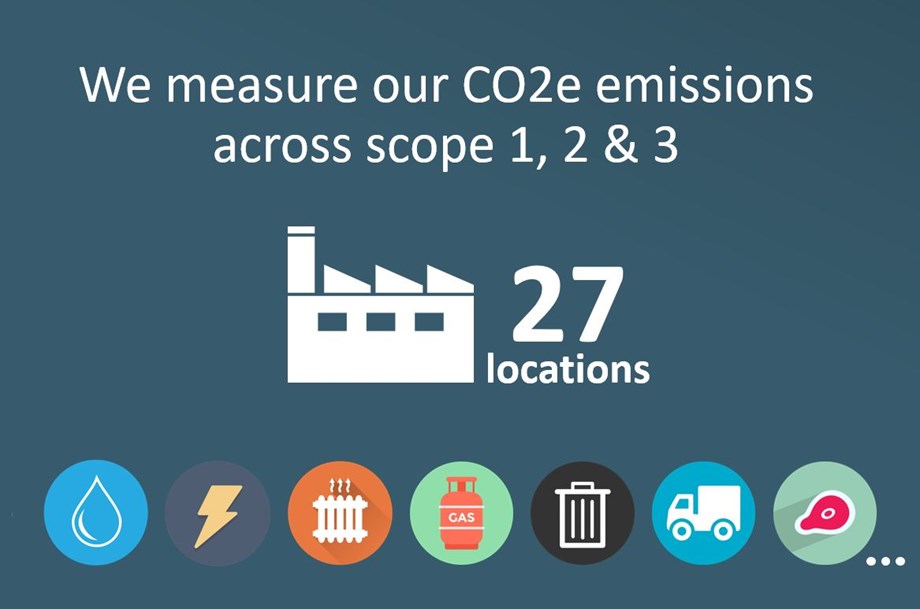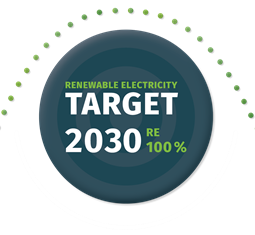Decarbonization
BHJ's Continous Journey Towards Sustainability
BHJ's commitment to sustainability began years ago, driven by a deep understanding of our responsibility to our planet and future generations. It all started with a handful of locations taking the first steps towards sustainability. These early adopters embarked on the journey of environmental consciousness, setting out to make a difference, one action at a time, decarbonizing our own operations as well as our value chain as a whole.
Science-based emission reduction targets
In order to align our sustainability journey and commitments to the ambition level of our stakeholders, we made a commitment to set near-term company-wide emission reduction targets in line with climate science with the SBTi (Science Based Targets initiative). Since our commitment, we have been establishing the baseline emissions from our operations and activities around the world and will keep track of the

Avoid, reduce, compensate
In order to keep the greenhouse gases that occur during production as low as possible, we aim to avoid, reduce, or compensate our CO2e emissions.
How does it work?
Avoid: Where possible, we completely avoid CO2 emissions by choosing the right solutions.
Reduction: Not all CO2 emissions can be completely avoided. But wherever it is unavoidable, we aim to reduce our emissions as much as possible.
Compensate: We offset all CO2 emissions that we cannot prevent with our climate partner, THG. Here, we are working with various projects to compensate the remaining emissions from our operations.
By following this approach, we have already reached great milestones, such as 13 locations covered by power purchase agreements or renewable electricity certificates. Additionally, 4 locations already invested in solar technologies, adding to their renewable electricity sources and reducing our scope 2 emissions.
In order to ensure continued reduced emissions from these sources, we have therefore committed ourselves to source 100% of our electricity consumption from renewable energy sources by 2030:

Validation of our progress
Today, more than 15 BHJ locations have proudly earned their sustainability ratings from Ecovadis*. These ratings serve as badges of honor, proof that we're not merely talking the talk but walking the walk when it comes to sustainability. The majority of our locations have even soared into the top 91st percentile, a testament to our collective dedication and hard work.
In the world of sustainability, bronze and silver medals are more than just awards—they are symbols of achievement and progress. BHJ's locations have proudly earned these accolades, showcasing our commitment to sustainable practices. These medals serve as milestones along our journey, motivating us to aim even higher.

*Ecovadis provides holistic sustainability assessment services to businesses. Companies are assessed on a broad range of ESG parameters such as environmental, labor and human rights, Ethics and sustainable procurement impacts.
Together we create sustainable ingredients and solutions
At BHJ, we firmly believe that the path to a more sustainable future begins with us. Our actions today will shape the world of tomorrow. By embracing sustainability across all our locations, we are not only safeguarding the environment but also building a resilient and responsible business.
We invite you to join us on this remarkable journey towards sustainability. Together, we can make a difference. Whether you're a customer, partner, or fellow advocate for sustainability, your support and collaboration are invaluable.
As our story unfolds, we remain committed to transparency, accountability, and continuous improvement. We're not just making promises; we're taking action. Our journey is far from over, but with every step we take, we are forging a brighter, more sustainable future—one that benefits us all.
